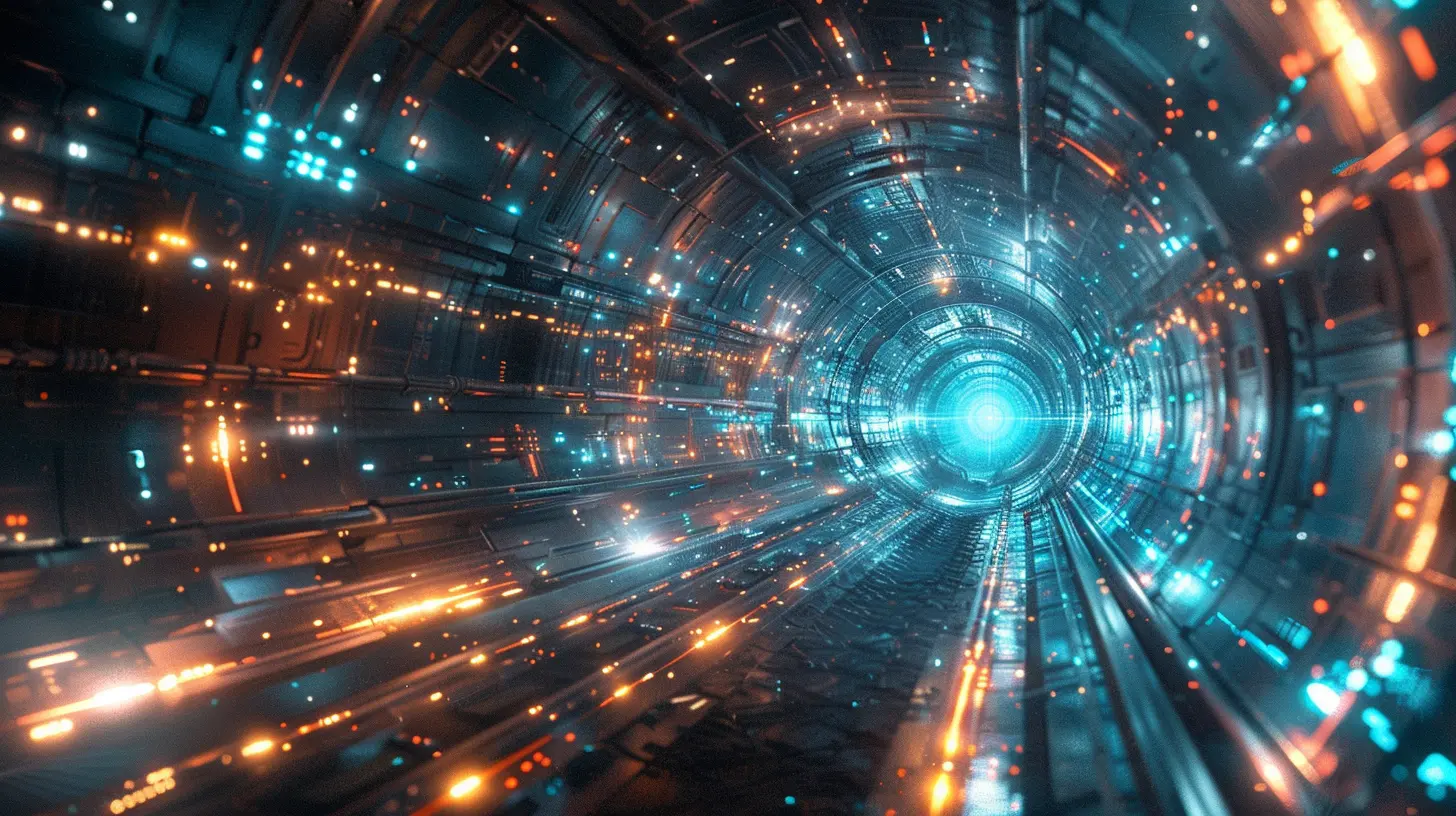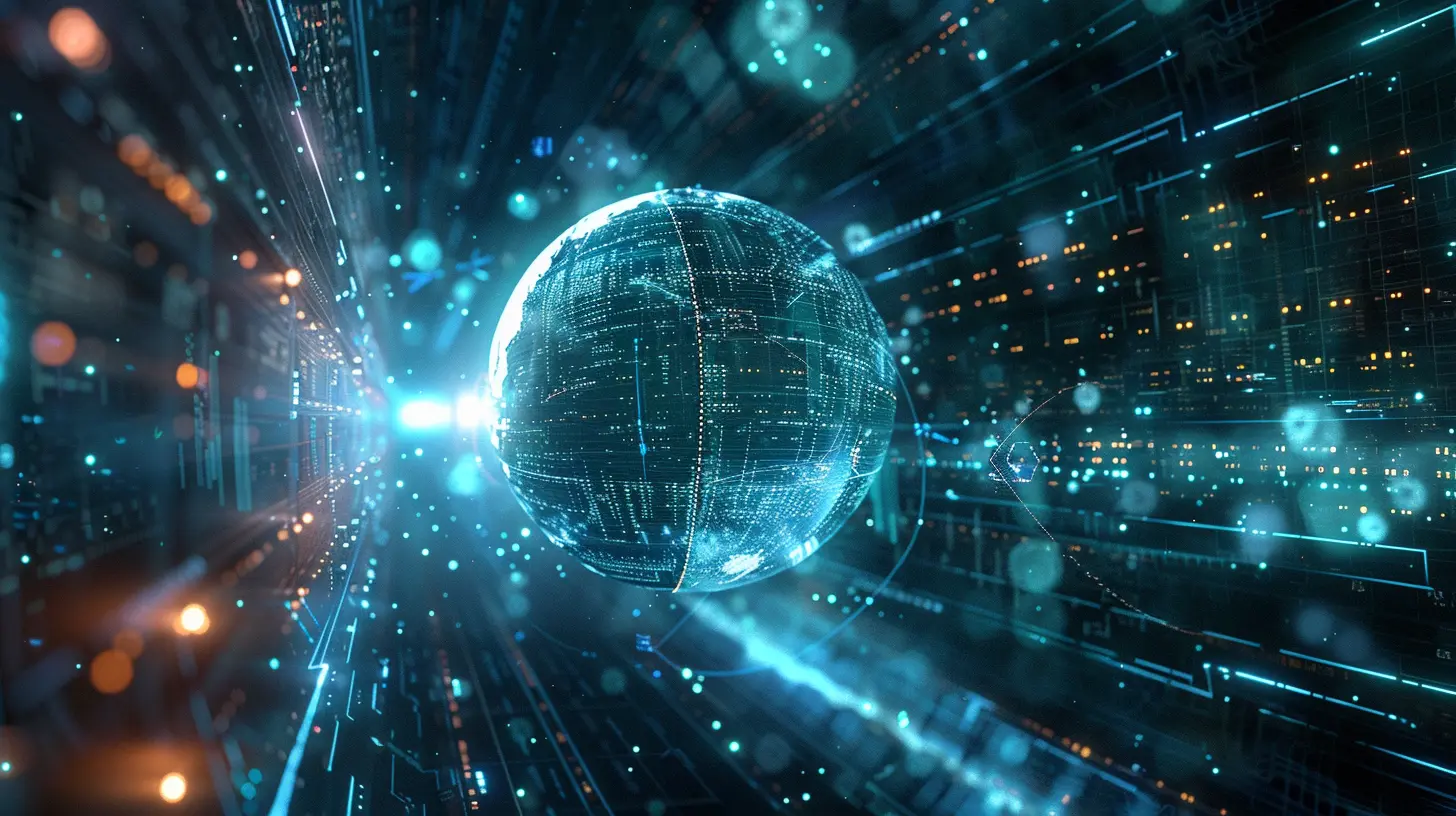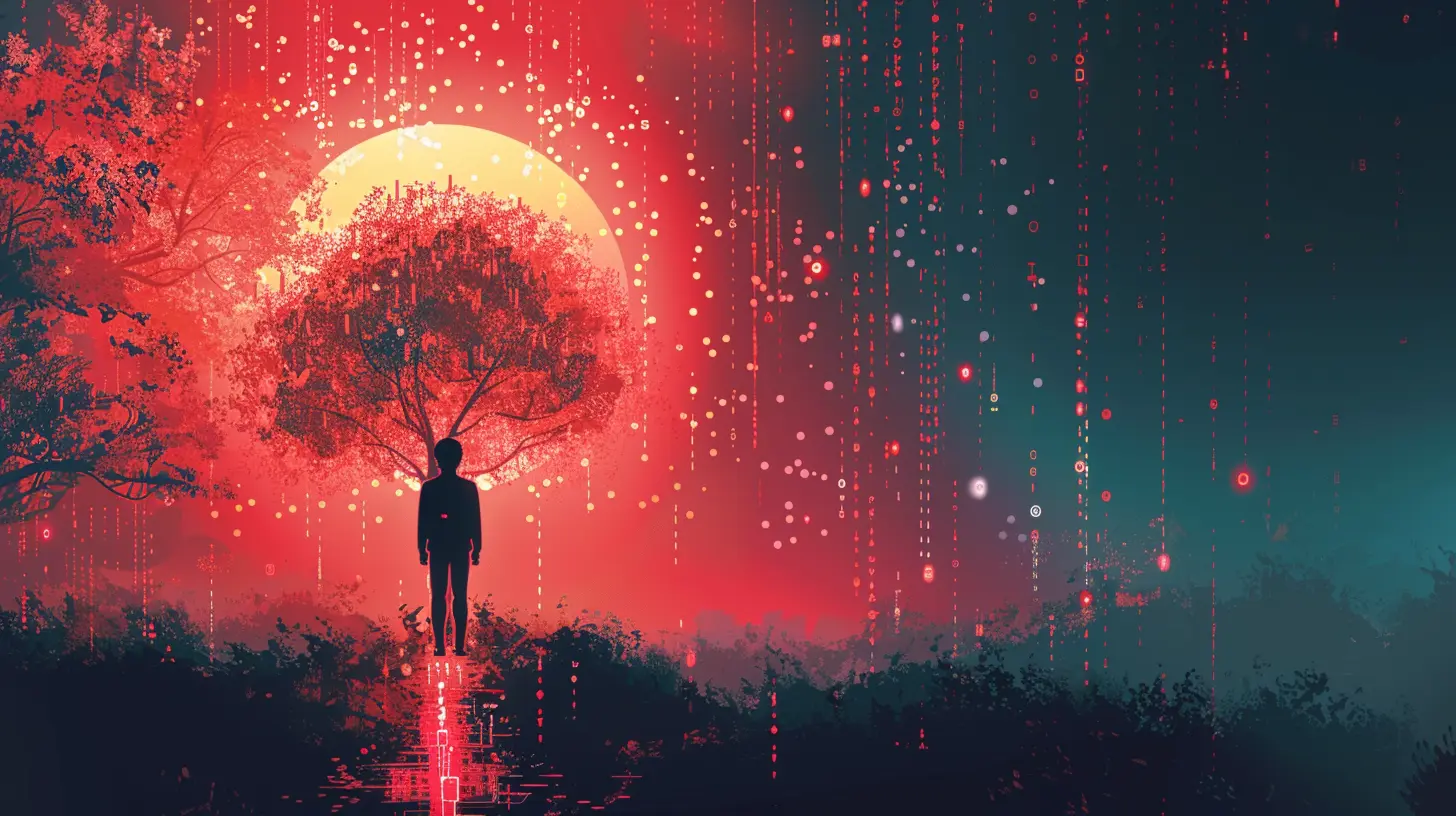How IoT is Bridging the Gap Between Physical and Digital Worlds
10 November 2025
Imagine waking up in the morning and your coffee is brewing automatically, your blinds are slowly opening, the thermostat has adjusted itself to your preferred cozy temperature, and your fridge has already ordered milk because you're running low. Sounds like sci-fi? Nope — it's real life, brought to you by the Internet of Things (IoT).
We live in a world that's rapidly becoming more connected, and IoT is the driving force turning everyday objects into smart, communicative, and responsive tools. But this goes beyond just smart homes. From healthcare to agriculture to manufacturing, IoT is blurring the lines between the physical and digital in ways we're only beginning to grasp.
In this article, we're diving deep into how IoT is bridging these two worlds, what it means for us, and why you should care.
What Exactly is IoT?
Let’s kick it off with the basics. The Internet of Things (IoT) is a network of physical objects — “things” — embedded with sensors, software, and other tech to connect and exchange data with other devices and systems over the internet.These “things” can be anything — your smartwatch, your car, industrial robots, or even entire buildings. If it can collect and send data, it can be part of the IoT ecosystem.
Think of IoT as the nervous system of the digital world — collecting sensory input from the physical world and transmitting it to brains (cloud servers, AI systems, applications) that can act on it or store it for analysis.
Real-Time Data: The Bridge Between Atoms and Bits
The biggest superpower of IoT? Real-time data.Let’s face it, data is the currency of the digital age. What IoT does so brilliantly is turn every physical interaction into data that can be monitored, analyzed, and acted upon immediately.
Imagine a factory where machines talk to each other and automatically adjust their operations for maximum efficiency. Or a farmer who knows exactly where to water crops based on soil sensors. This isn’t about guessing — it’s about knowing.
And that knowledge, in real-time, bridges the physical experience (a machine overheating, a crop going dry) with a digital response (automated cooling, smart irrigation).
Smart Homes: Where It All Began
For most of us, our first taste of IoT happened at home. Smart bulbs, voice assistants like Alexa or Google Home, smart TVs, or security cameras — all these gadgets are part of a sprawling IoT ecosystem.But here’s the kicker — these devices don’t just talk to us; they talk to each other. Your smart thermostat can learn your habits and adjust itself over time. Your fridge can take inventory and notify you when you're out of eggs.
So, your house isn’t just a place you live in — it’s learning, adapting, and responding to your behavior. This physical-digital synergy is the hallmark of IoT.
Healthcare That Watches Over You
IoT is transforming healthcare in mind-blowing ways.Wearables like Fitbits or smartwatches monitor your heart rate, sleep pattern, and even blood oxygen levels. But it goes way deeper. Hospitals use IoT-enabled beds that let staff know when a patient gets up. Remote patient monitoring devices send real-time health updates to doctors, making chronic disease management a lot easier — and safer.
In essence, patients no longer need to be physically present to get care. The data collected by devices acts as their digital avatar, sharing crucial health insights with medical professionals instantaneously.
Industrial IoT (IIoT): Manufacturing Reimagined
The Industrial Internet of Things is a beast of its own.IIoT refers to integrating IoT tech into manufacturing and industrial sectors. Machines now come with sensors that detect temperature changes, vibration patterns, or maintenance needs. These “smart factories” don’t just improve efficiency — they prevent costly downtime by predicting failures before they happen.
We’re talking digital twins (virtual replicas of physical systems), predictive maintenance, and AI-powered optimization — all working together to make manufacturing smarter and leaner.
This is where you see the real merging of the physical and digital — the factory floor becomes a data-generating hub, and cloud-based platforms orchestrate operations from afar.
Smart Cities: The Urban Digital Mesh
What if your city could think, act, and adapt?That’s the whole idea behind smart cities, powered by IoT. Traffic lights that adjust based on real-time car flow. Garbage bins that alert sanitation workers when they’re full. Air quality sensors that inform local policies.
All of this IoT data transforms the messy, unpredictable nature of urban life into a structured, optimized system. It creates a digital version of the city that helps manage and improve physical services.
In short, it’s about using tech to make cities more livable, sustainable, and responsive.
Retail Rebooted: The New Shopping Experience
If you’ve been to a smart retail store, you’ve probably already interacted with IoT without even realizing it.Retailers use IoT for everything from inventory tracking to creating immersive in-store experiences. Smart shelves can alert staff when stock is low. Beacons can notify customers of personalized offers as they walk by products.
And yes, even checkout is getting a makeover — think Amazon Go stores where you just grab and go, and sensors charge your account automatically. That’s the IoT magic working behind the scenes.
It’s a whole new level of blending the digital thrill of e-commerce with the tactile appeal of physical shopping.
Agriculture: Growing Smarter, Not Harder
Here’s one field (pun intended) where IoT is quietly making a massive impact.Smart farming uses sensors to monitor soil moisture, weather data, and crop health. Automatically triggered irrigation systems water crops only when needed. Drones fly overhead, collecting aerial data for precision farming.
Farming is no longer just about green thumbs — it’s about real-time analytics, predictive models, and data-driven decisions. That’s how IoT brings efficiency and sustainability to the physical toil of agriculture.
Bridging Gaps: Privacy and Security Concerns
Now, let’s not sugarcoat it — IoT isn’t all roses.Bridging the physical and digital creates a new kind of vulnerability. The more “things” connected, the more entry points potentially exposed to hackers. Privacy becomes a major concern when even your fridge knows what you like to eat.
Devices that collect data must be secure. Unfortunately, not all manufacturers are taking this as seriously as they should. Weak passwords, lack of updates, and shoddy encryption often leave the door wide open.
As we become more reliant on IoT, we’ve got to ensure that security and privacy are built into the DNA of these devices. Otherwise, we're just opening more windows into our lives — without curtains.
The Role of AI and Machine Learning in IoT
Alright, let’s talk about the brains of the operation.IoT collects a ton of data — but data alone isn't helpful unless you can make sense of it. That’s where artificial intelligence (AI) and machine learning (ML) step in.
AI helps identify patterns, predict outcomes, and automate decision-making. Think of IoT as your sensory nerves and AI as your brain. Together, they don’t just gather information — they act on it.
For instance, your smart thermostat knows you left the house because your phone's GPS and motion sensors confirm it. AI processes that data and lowers the temperature to save energy — all without you lifting a finger.
Why Is This Integration So Powerful?
Let’s break it down.Before IoT, the digital world lived primarily in our screens — computers, smartphones, tablets. It was a passive realm, only activated when we clicked or typed.
IoT flips that script. Now, the physical world — objects, movements, environments — can trigger digital actions automatically. The digital and physical are no longer separate; they’re dancing together in real-time.
So instead of being technology users, we’re now part of a living, breathing digital ecosystem where we interact passively and actively, often without even realizing it.
What’s Next for IoT?
Believe it or not, we’re just scratching the surface.In the future, expect even more seamless integration. Smart contact lenses, autonomous delivery drones, intelligent highways — you name it. The next big leap could be ambient computing, where devices fade into the background and technology becomes invisible but always present.
However, with great connectivity comes great responsibility. Regulators, developers, and users need to ensure this new digital-physical bridge is safe, inclusive, and efficient.
Final Thoughts
So, how is IoT bridging the gap between the physical and digital worlds?In short: by turning the physical into data and letting the digital act on it.
It’s like giving the real world a voice and ears. Your fridge talks, your watch listens, your city thinks. This synergy is transforming how we live, work, shop, heal, and connect.
But like any good bridge, it requires strong pillars — reliable security, ethical data use, and intelligent design. Done right, IoT won’t just bridge two worlds. It’ll blend them into something entirely new.
all images in this post were generated using AI tools
Category:
Iot DevicesAuthor:

Gabriel Sullivan

